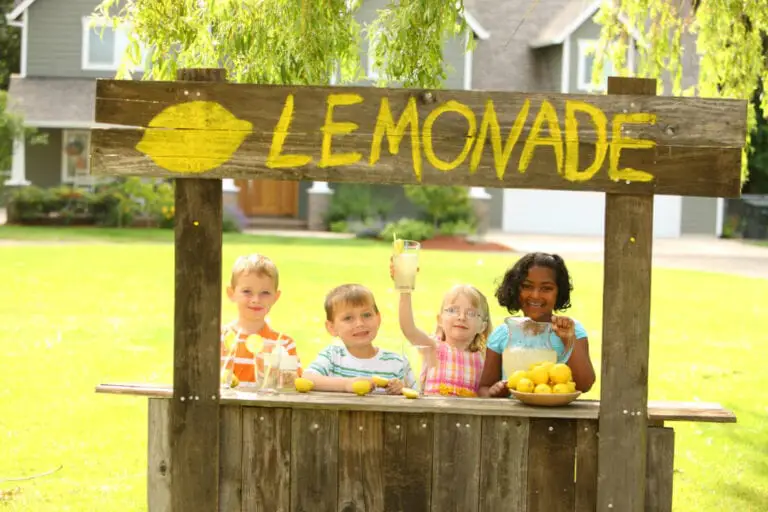Have you thought about teaching kids about money? It is never too early to start applying lessons about financial responsibility. These tips on teaching spending responsibility may just do the trick for your younger children. Have fun & good luck!

Real-Life Ideas for Teaching Kids About Money
Keep the Change
One of my memories as a young child was my mother giving me a dollar or two for the corner store. Whatever change we had leftover was ours to keep. What fantastic ideas for teaching kids about money!
If I spend it all, I have nothing! If I am careful about what I chose to spend my money on, then I have some money in the (piggy) bank or the family bank (handled somewhere in mom and dad's top-secret computer files).
This approach is hands-on, interactive, and deals directly with consequences. So, next time your child asks for a few bucks to go to the corner store (after earning it, of course!), try it!
Bargain Hunting
If you dare take your children to the grocery store, it is a great classroom for teaching kids about money. Whoever finds the best deal on XYZ in the grocery store, can choose the family snack for the week, or whatever incentive you chose.

Comparison Shopping
We do a lot of our shopping online and that includes reading product reviews and comparing products. Take the time to do this with your kids. Maybe to make it interesting to them, choose a product you are thinking about purchasing for them. Maybe a new lunch box, sneakers or back yard kiddie pool. This is a great opportunity to talk about cost/quality trade-offs, customer experience, and why one product may cost more than another.
Cheaper isn't always better
Another grocery store activity: Find the most expensive banana or OJ and the least expensive banana or OJ. Similar to #3, talk about why one is more or less expensive than the other. Is it organic? Is it ready to eat?

Let's Go to the Library
Library versus Buying a Book – I take my toddler to the library on a regular basis. At some point, I look forward to explaining to him how the library borrowing system works. If your child needs a new book or to freshen up his or her collection, you have an opportunity to talk about borrowing versus owning.

Lemonade Stand
At some point in a kid's early life, he or she wants to sell baked goods or lemonade at the end of the driveway. Seize the opportunity. One week, supply everything for your child and assist them in any way.
Chances are that your child will be successful and let's say earns $20. So then chances are that your child will want to no doubt sell lemonade again the next week. This time, however, take your child to the grocery store with the revenue ($20) from the prior week in hand.
Buy the supplies from that $20, see what is left over as the profit. Repeat. This activity is hands-on, interactive and your child will surely feel the ramifications and the benefits of being a store owner. Also, a very sweet book to integrate charitable giving into this lesson is below.
These are a sample of a number of “teaching moments” that you can integrate into your family's life. Enjoy and I look forward to sharing more with you!
Enjoy!
Marnie
